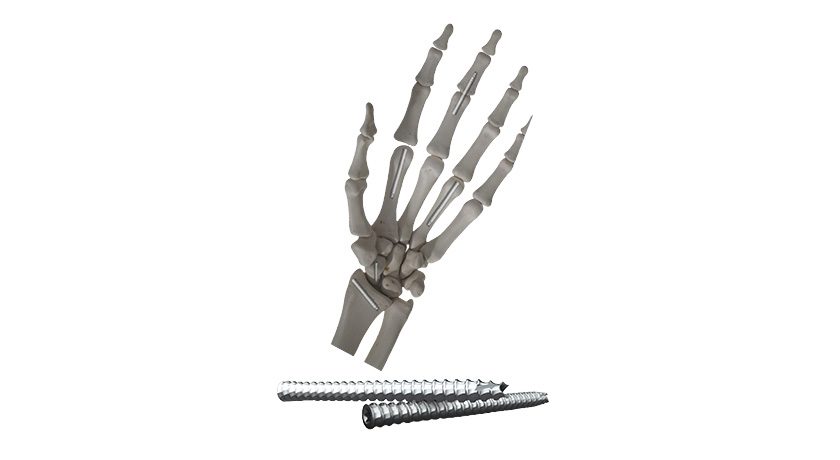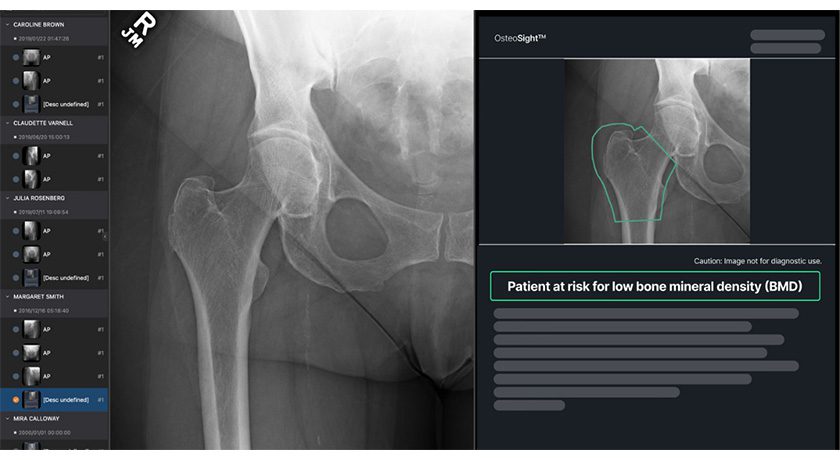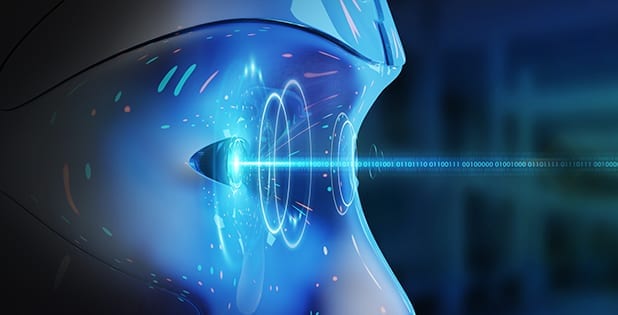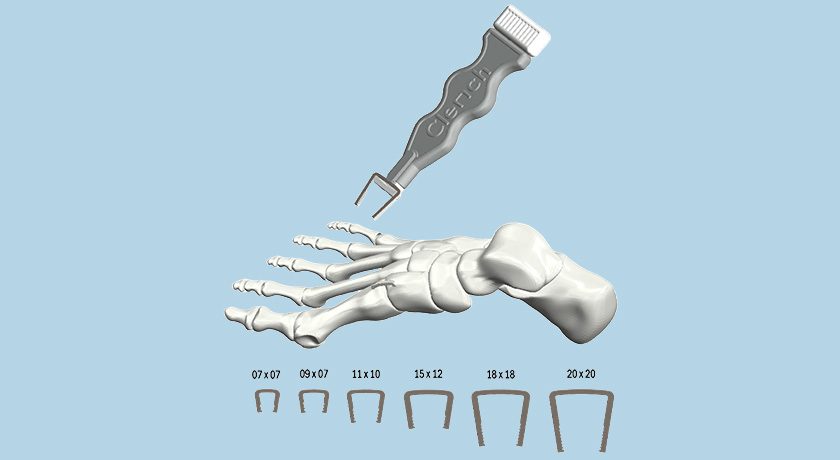
 Copy to clipboard
Copy to clipboard 
Celling Spine acquired all assets of Link Spine, a subsidiary of Link Orthopedics of Germany, and will develop a spinal fusion system focused on facet fixation and minimally invasive surgery to complement its own cell-based biologic portfolio. Celling’s products collect, process and deliver autologous cells to the patient at the point of care.
Link Spine’s midline system features three platforms: FacetLink, CorticalLink and Vertbralink, and is integrated to minimize the number of trays required and to allow intra-operative flexibility regarding fixation.
Dr. Christopher Chaput, a lead designer for Link’s system, will help Celling with their development strategy. He noted that the platform is able to address a range from minimally invasive fusion up to more maximally open procedures, and improves the surgeons’ ability to perform less invasive surgery from a traditional midline approach using incisions that are as small or smaller than what is considered minimally invasive.
The combination of increased options for “graded” fixation and implants that complement cell-based healing may be particularly attractive in an ambulatory surgical center or short-stay setting.
Source: Celling Biosciences
Celling Spine acquired all assets of Link Spine, a subsidiary of Link Orthopedics of Germany, and will develop a spinal fusion system focused on facet fixation and minimally invasive surgery to complement its own cell-based biologic portfolio. Celling's products collect, process and deliver autologous cells to the patient at the point...
Celling Spine acquired all assets of Link Spine, a subsidiary of Link Orthopedics of Germany, and will develop a spinal fusion system focused on facet fixation and minimally invasive surgery to complement its own cell-based biologic portfolio. Celling’s products collect, process and deliver autologous cells to the patient at the point of care.
Link Spine’s midline system features three platforms: FacetLink, CorticalLink and Vertbralink, and is integrated to minimize the number of trays required and to allow intra-operative flexibility regarding fixation.
Dr. Christopher Chaput, a lead designer for Link’s system, will help Celling with their development strategy. He noted that the platform is able to address a range from minimally invasive fusion up to more maximally open procedures, and improves the surgeons’ ability to perform less invasive surgery from a traditional midline approach using incisions that are as small or smaller than what is considered minimally invasive.
The combination of increased options for “graded” fixation and implants that complement cell-based healing may be particularly attractive in an ambulatory surgical center or short-stay setting.
Source: Celling Biosciences

You’ve reached your limit.
We’re glad you’re finding value in our content — and we’d love for you to keep going.
Subscribe now for unlimited access to orthopedic business intelligence.
JV
Julie Vetalice is ORTHOWORLD's Editorial Assistant. She has covered the orthopedic industry for over 20 years, having joined the company in 1999.







